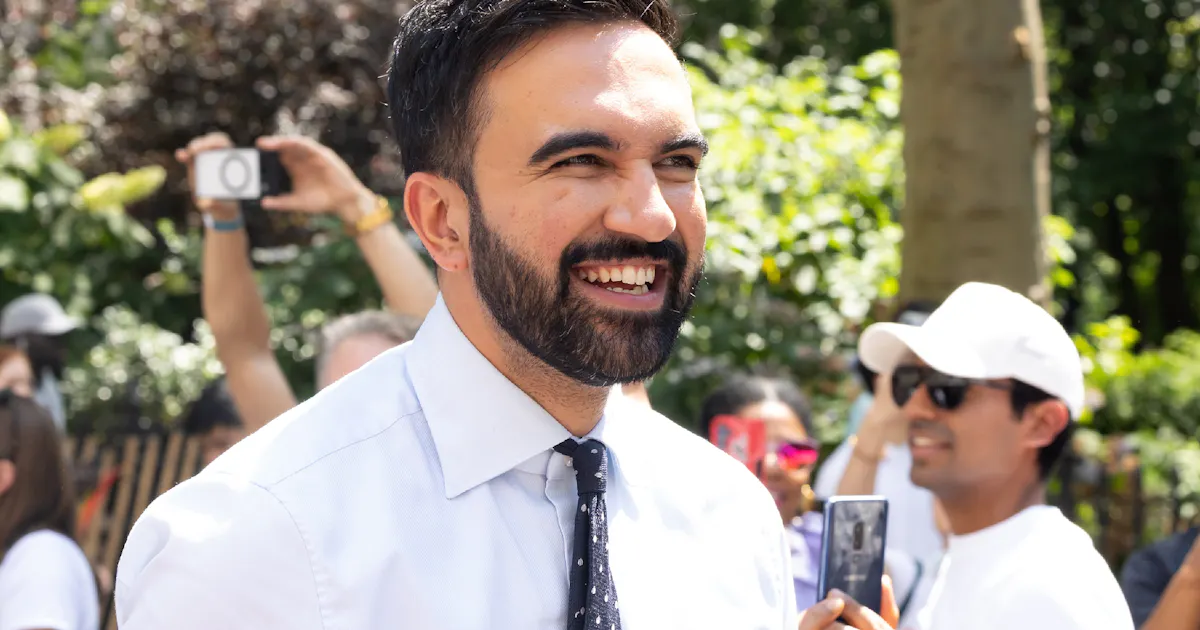By Grace Segers
Last month, The New York Times editorial board urged Democratic voters in New York City against supporting mayoral candidate Zohran Mamdani. With only five years under his belt as a state assemblyman, the board wrote, the 33-year-old would “bring less relevant experience than perhaps any mayor in New York history.” Then the anti-endorsement took aim at his policy positions, such as rent freezes and city-owned grocery stores. Mamdani, a member of the Democratic Socialists of America, was “running on an agenda uniquely unsuited to the city’s challenges” and “too often ignores the unavoidable trade-offs of governance.”
Voters didn’t appear to agree. Mamdani handily won the Democratic nomination for mayor, as the official tabulation of ranked-choice votes confirmed on Tuesday. Now, the question is whether Mamdani can actually implement his campaign promises.
In a speech on election night, Mamdani cited the very agenda that the Times editorial board decried as the reason for his success. “If this campaign has demonstrated anything to the world, it is that our dreams can become reality,” he said. But winning the nomination, while a significant victory, is only the first step in the process of dreams becoming reality. First, Mamdani must win a crowded general election, in which candidates will include current Mayor Eric Adams—who is running as an independent—and potentially former Governor Andrew Cuomo, who came second in the Democratic primary and will remain on the November ballot. Mamdani is still facing skepticism from the state’s leading Democratic officials, including Governor Kathy Hochul, and has yet to earn the explicit support of the business community, which largely preferred Cuomo.
Mamdani’s success is a testament to the coalition he was able to build in his campaign, said Christina Greer, an associate professor of political science at Fordham University, but she added that he “hasn’t been tested as of yet, beyond—I would argue—ten-minute sound bites.”
